[LT] “Mind Sharpener” – tai gyvų, provokuojančių bei kviečiančių pamąstymams, pokalbių ir diskusijų serija, paremta akademiniais tyrimais, tačiau aktuali ir atvira visiems. Nagrinėjamos temos nuo politikos teorijos iki poezijos, nuo smurto diskurse iki kalbos kilmės. Šia renginių serija norima pasidalinti akademinių tyrimų vaisiais su plačia ir daugialype auditorija, bei įtraukti susirinkusiuosius į diskusijas: keliant klausimus ieškant sprendimų, įsitraukiant į užduotis ir veiklas parengtas kalbančiųjų.
Viskas vyks jaukioje neformalioje aplinkoje su puodeliu kavos ar vyno taure. Įėjimas nemokamas, tačiau aukos visuomet laukiamos.
Renginys vyks anglų kalba. Žemiau skaitykite renginio aprašymą angliškai. _____________
[EN] “Mind Sharpener” – a series of lively, thought-provoking talks and debates rooted in academic research but of general interest and open to everyone. Topics range from political theory to poetry, from violence in discourse to the origins of language and much more (see https://davidecastiglione.com/mind-sh… for the full list of past events). The idea is to bring the fruits of research to a wide and diversified audience, and let the audience become an active participant by raising questions, proposing solutions, engaging in the tasks and activities provided by the speaker.
Everything will take place in an informal and cosy atmosphere, enjoying a cup of tea or a glass of wine.
All the discussions will be held in English. Free entrance. Donations welcome.
_____________
ALL THE WORLD’S AN IMAGE: IS IT TURNING ARTISTIC OR AUTISTIC? by ADAS VILIUŠIS
From time immemorial, Western culture has placed a premium on the verbal information and deemed visual artefacts a second-rate expression of ideas. However, with the advent of visual culture as a phenomenon, this verbal hegemony has been challenged. The ubiquity of images in contemporary visual culture suggests that images are (re-)produced, consumed, and distributed widely and routinely in a variety of contexts, ranging from simple icons navigating us through our smartphones to complex symbols representing abstract and diffuse ideas. The shift from the world-as-a-text to the world-as-an-image has undoubtedly benefited individuals with autism spectrum disorders (ASD) who, it is argued, have stronger visual than auditory memory skills. Thus, rendering experience in a visual form gives them a way to employ their visual strengths to process, organise, memorise information in a much faster and more understandable way.
Adas Viliušis has been working for five years as a tutor of children with autism spectrum disorders (ASD) at “ISADD Lietuva” (Intervention Services for Autism and Developmental Delay). He holds a B.A. degree in Audiovisual Translation with a minor in English Philology from Vilnius University, wherein among many different translation disciplines he also studied the adaptation of audiovisual texts for the deaf, the hard-of-hearing, the blind and the visually impaired. Currently, he is writing his M.A. thesis on multimodal metaphors in political TV advertising.




